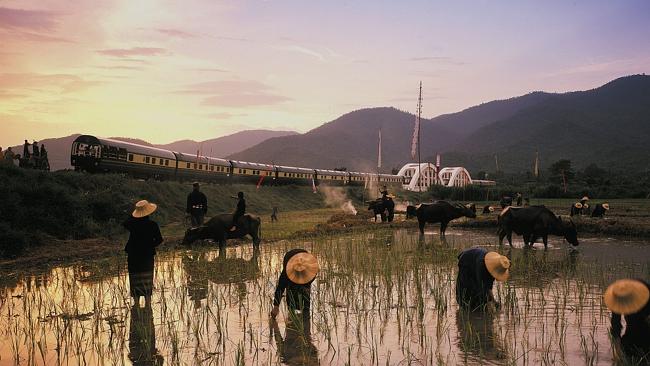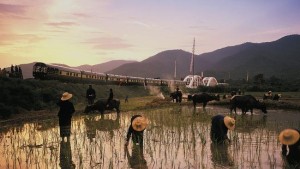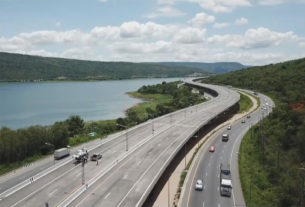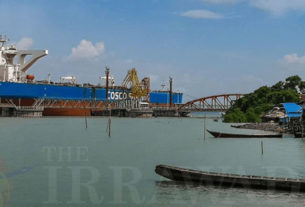THIS is not the time for the government to be coy about what it wants in relation to joint development of the 873-kilometre medium-speed rail line in the Northeast.
At the 10th Thai-China steering committee meeting scheduled for the end of this month in Beijing, Thailand should convince China to be responsible for at least 70 per cent of the project value.
The other option would be to make China responsible of all parts of the project under the build, operate and transfer scheme. That would require it to transfer all assets to the Thai government once the contract is due, in, say, maybe 30 years, Democrat Party deputy leader Korn Chatikavanij suggested in a Facebook post.
“We must admit that the State Railway of Thailand does not have enough skill in the operation of high-speed railways,” he pointed out.
Although the project is expected to be beneficial to both sides, China stands to gain more in terms of strategic results. China also has more money and operating skills than Thailand.
Many people are concerned about the deal, fearing that Thailand might be at a disadvantage if the government gets China to develop the project as well as borrow the funds from Beijing to finance it. Moreover, technology like rolling stock and signalling systems, plus contractors and workers will have to be imported from China. In the end, Thailand may have to be responsible for all or most of the risk of investment.
Before the upcoming meeting, the Chinese side is expected to provide feedback on whether it is ready to agree to Thailand’s recent proposals.
Thailand has asked China to adjust the original joint venture or Specific Purpose Vehicle (SPV) of a 60:40 share (only for operating) to a new one in which Thailand holds 30 per cent and China takes the rest. However, the SPV will cover almost all the investment, including civil-engineering work, track-and-signal system installation, plus operations and maintenance.
Meanwhile, China has proposed scaling down construction of the Nakhon Ratchasima to Nong Khai line from a dual-track to single-track. It also wants to delay construction of the line from Kaeng Khoi to Map Tha Phut.
As is widely known, the Sino-Thai rail project – part of China’s 5,500km Trans-Asian Railway running from southern China to Malaysia via Laos and Thailand – is meant not only for Asean connectivity, but also geopolitical purposes.
However, Thailand still has the time to study this matter thoroughly as the memorandum of understanding will be valid for five years after signing, which means it has until December 2019.
There really is no need to hasten the project unless it is too much of a priority or if we have enough money to go ahead with it.
If it is Asean connectivity that we are aiming for, then we are still able to connect with our neighbours as most of them run a 1-metre gauge railway. Plus, Thailand is also improving the existing railway to dual-track from the current single-track set-up.
The government may have made a mistake by deciding to adopt the EPC (engineering, procurement and construction) deal or maybe it is afraid that some may oppose Chinese ownership when discussing the SPV at the early stages of negotiation.
In addition, the unclear purpose of what exactly the railway will be used for — passengers or cargo — has made the project more costly than the original estimate of Bt400 billion. The new estimate is about Bt530 billion.
This may have also led to the project’s designers to opt for speeds of 160-180 kilometre per hour. But, an industry expert has said this speed is made-to-order technology, which is not available on store shelves.
Therefore, looking at the deal in detail, the government has to do its best in further negotiations and ensure public interest is maintained as much as possible.
Source: http://www.nationmultimedia.com/politics/Devil-in-the-details-for-Thailands-rail-deal-with–30279135.html



